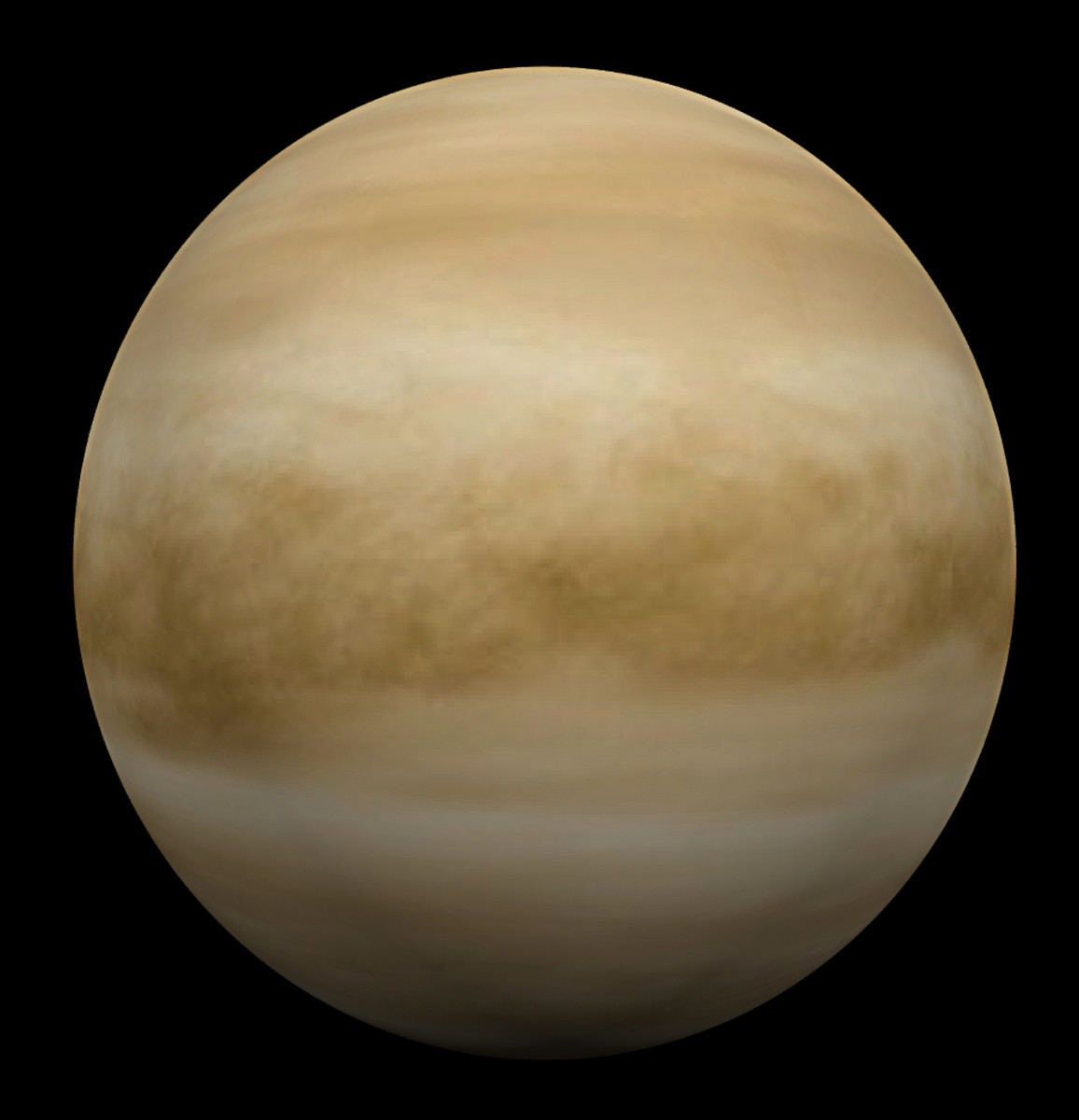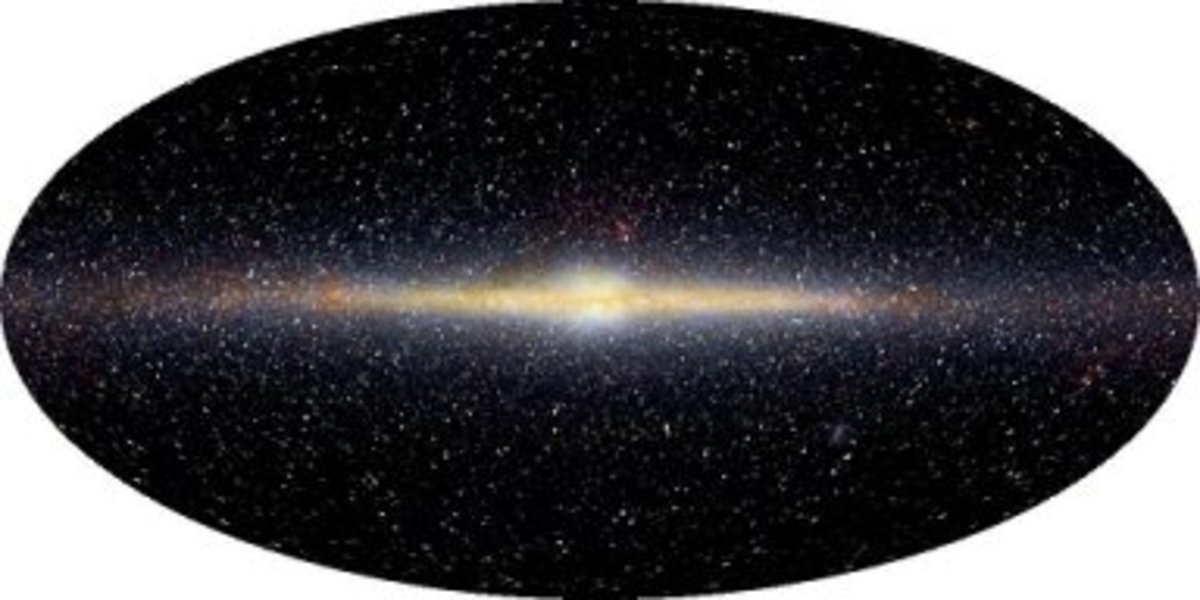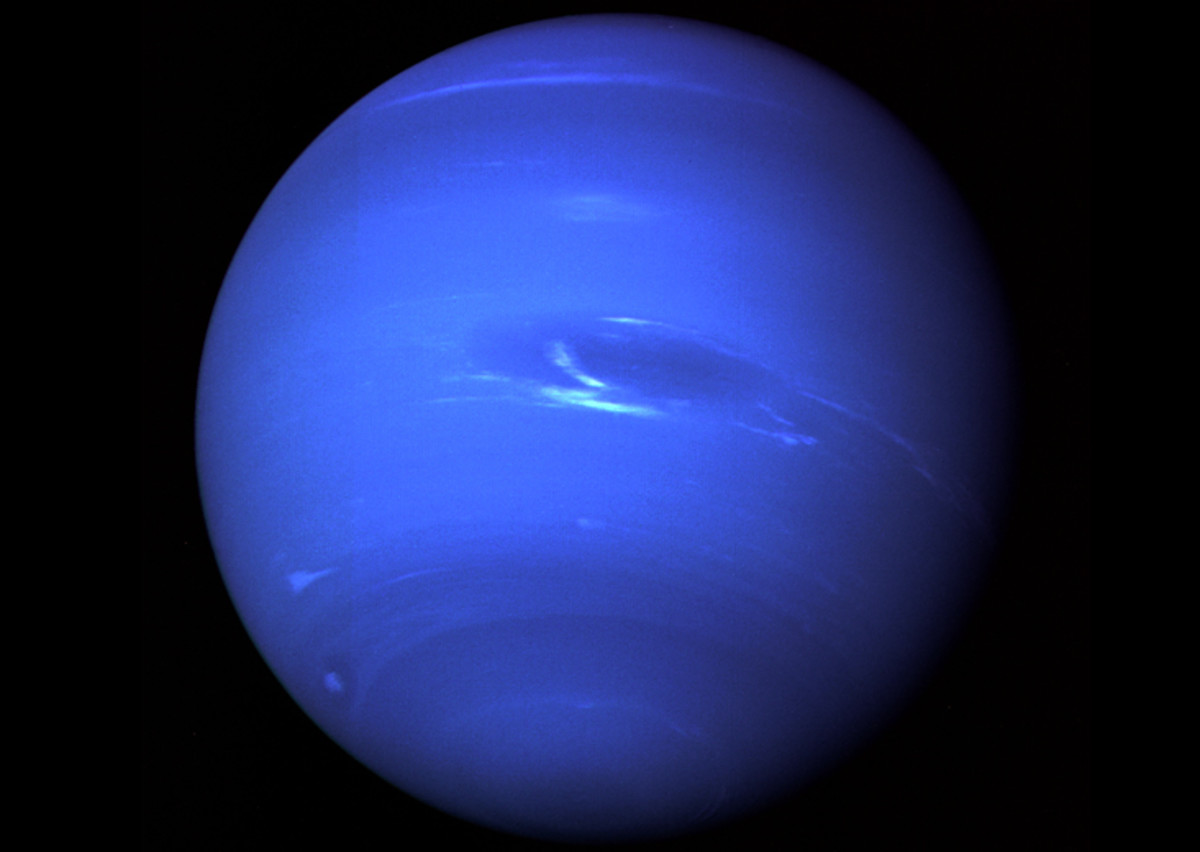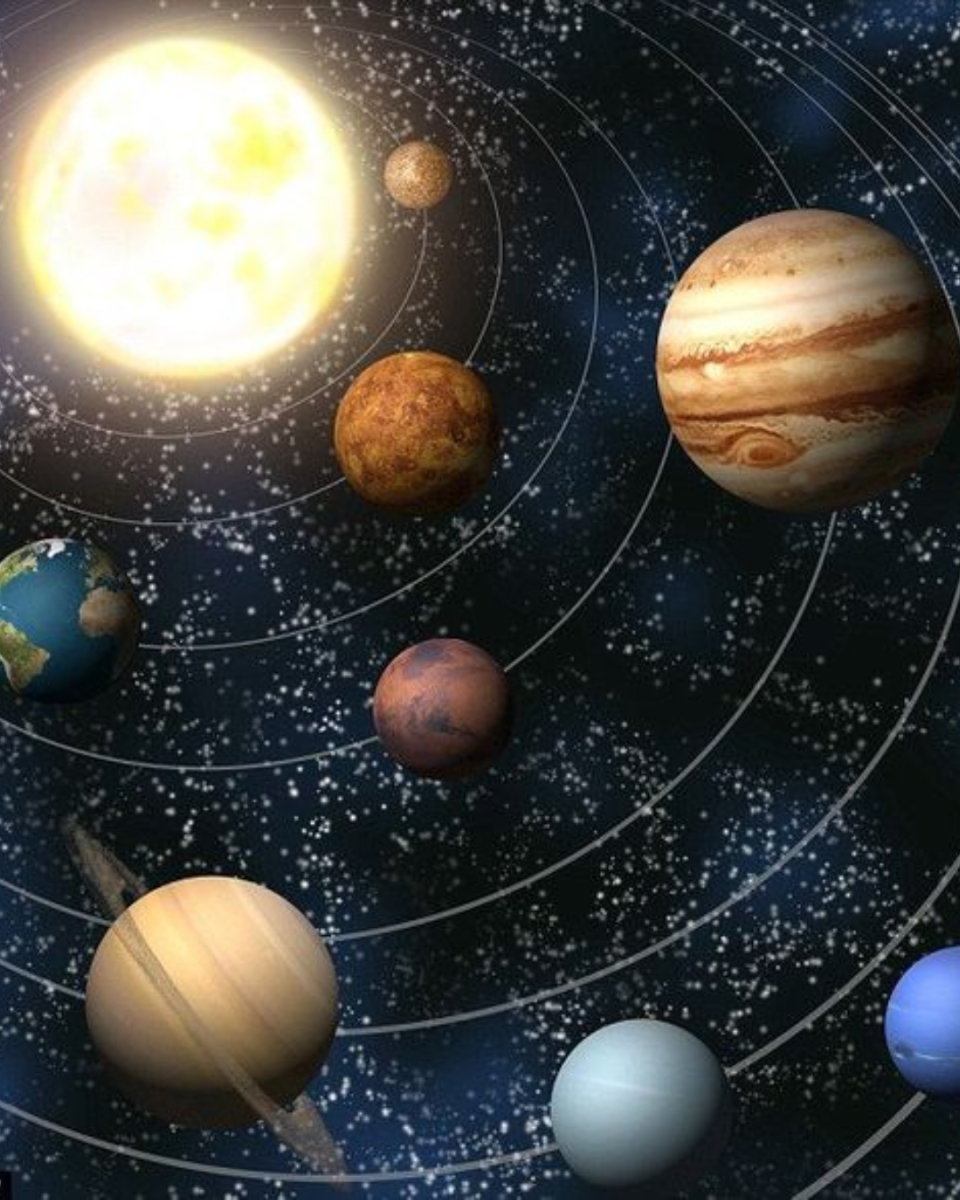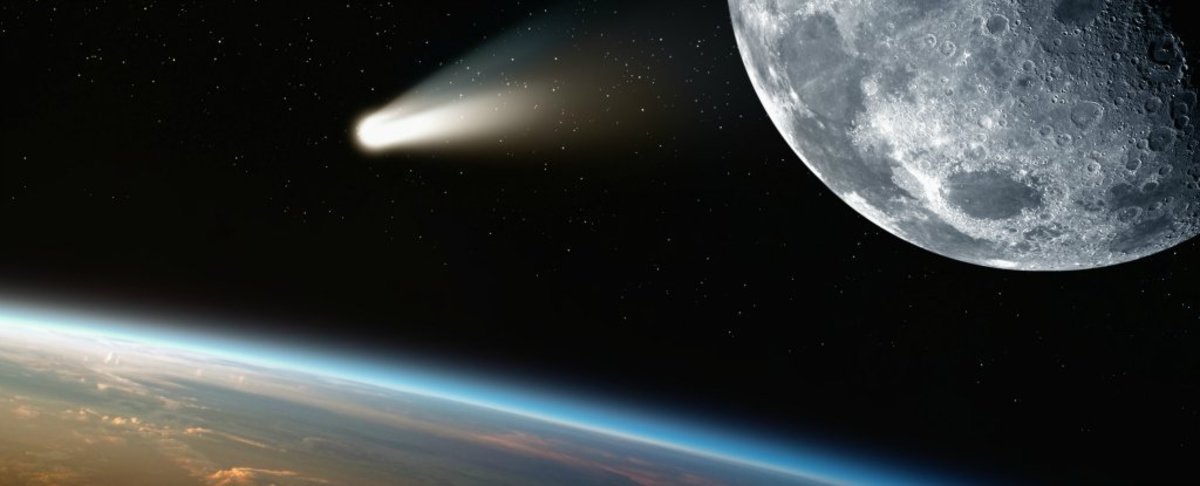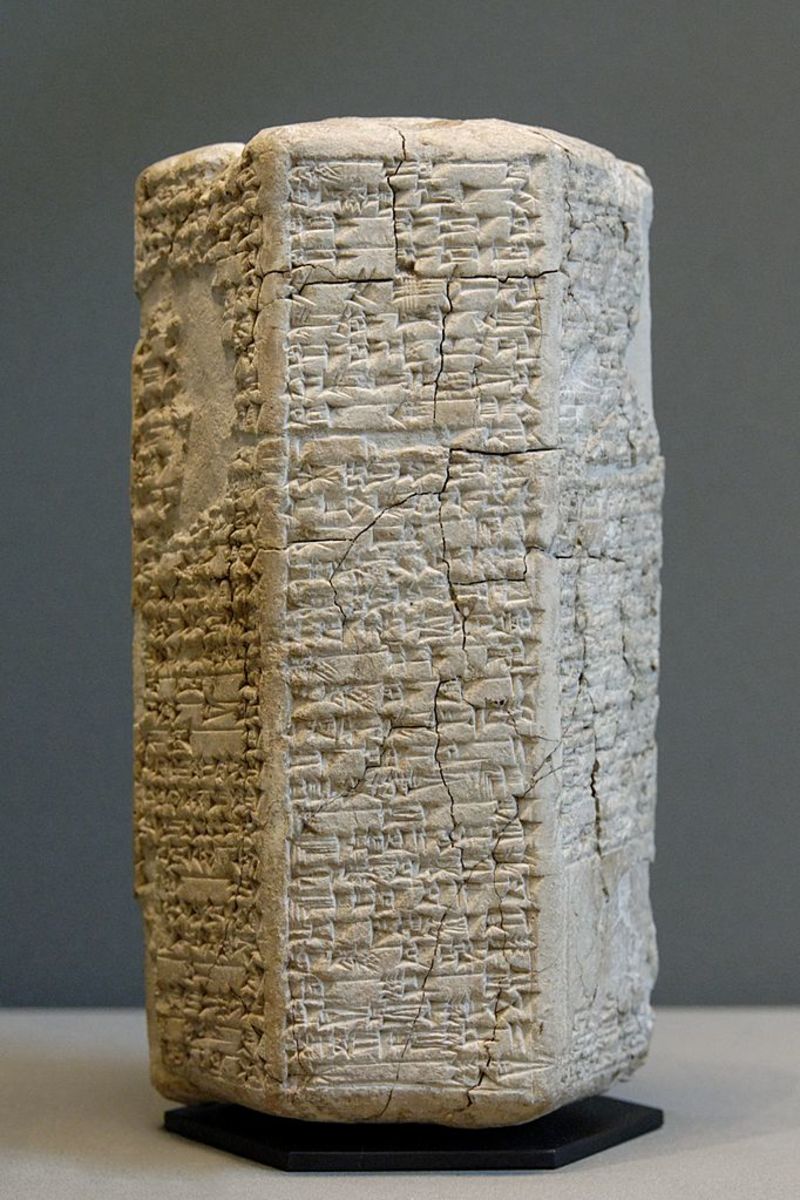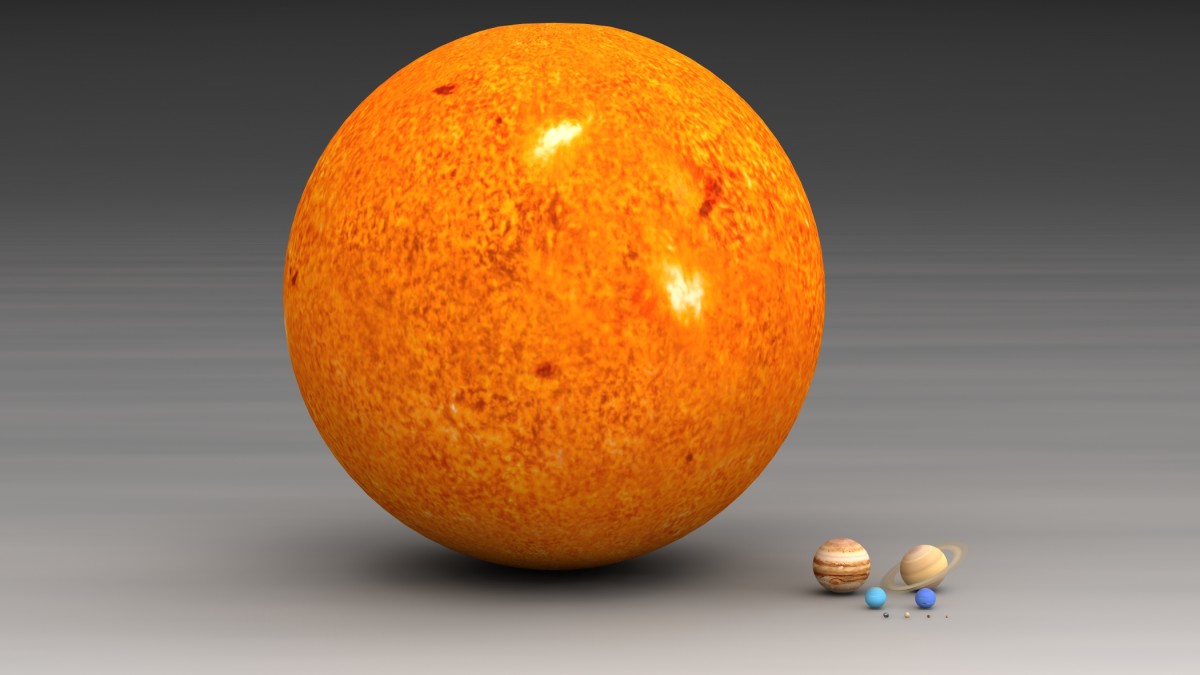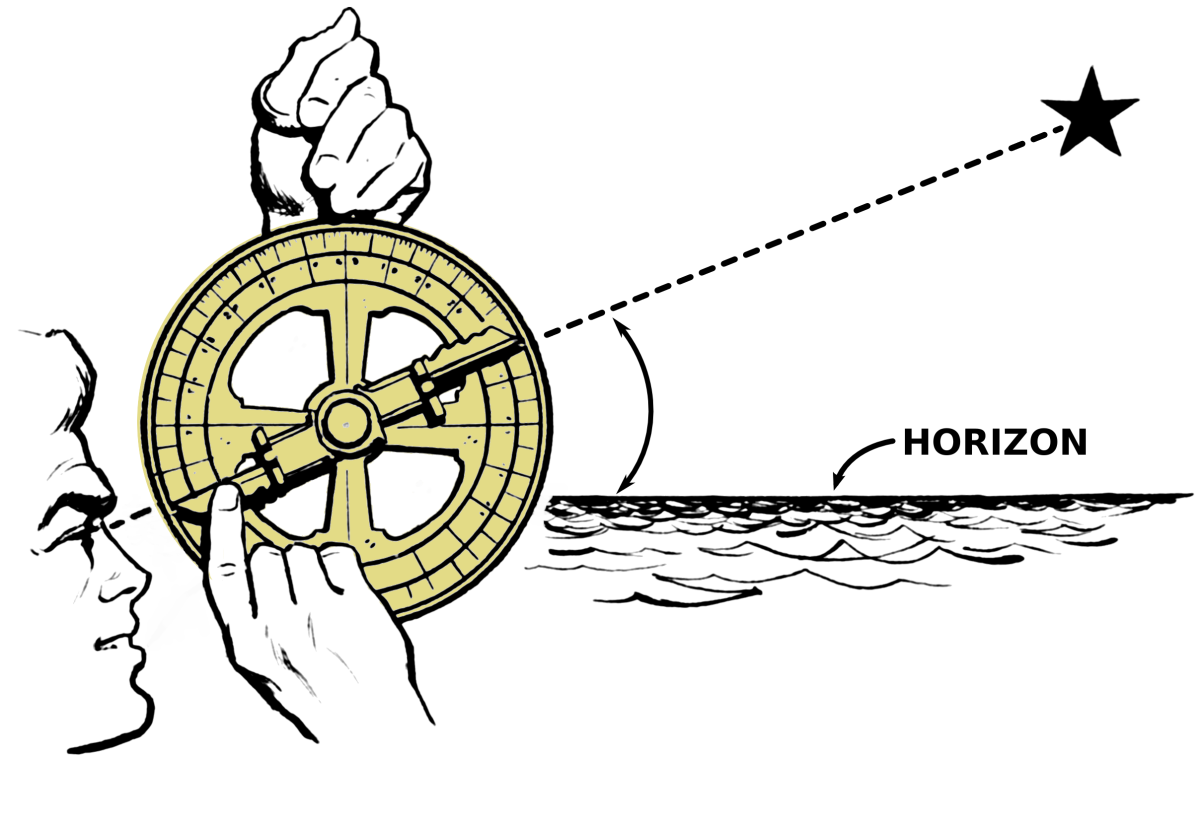Spaceship Earth. Meet the Neighbours 'Venus'
Say 'Hello' to the brightest 'Star' in the sky.
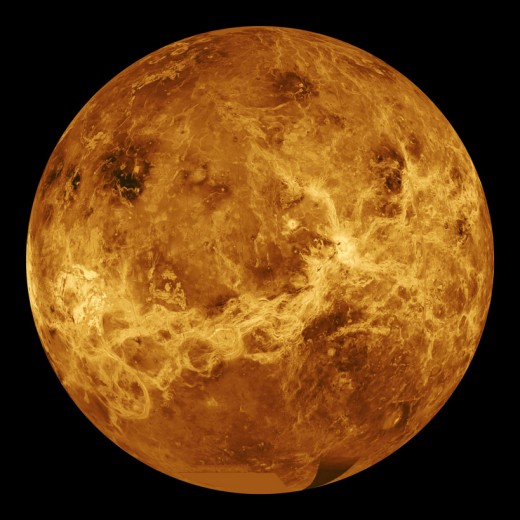
The 'Morning Star'
Have you ever had the chance to watch a sunrise? It's an amazing thing in itself, the sun's rays slowly creeping towards you as the huge orb slowly seemingly climbs into the sky to greet the day.
When you see it from the Earth it's no wonder that ancient man thought that the sun and even the universe revolved around us! Here we were, on a terrestrial ball, the only one that seemed to be covered in water and has an atmosphere that we can breathe, and everything seems to move around the ball, it must have been amazing to see.
Don't get me wrong, ancient man didn't believe the Earth to be flat! He knew right from the time of the ancient Egyptians that the Earth was round, and he had a good idea of how big it was, but here were all these strange celestial objects seemingly moving around the ball in a 'dance' that he saw with his own eyes.
Right before the sun rose came the 'brightest star' in the sky, so bright was the star that it got its own special name.
The first appearance, In Sumerian records
Venus was first noticed by the ancient Sumerians about three thousand years before Christ, actually, man probably knew about the 'Morning Star' well before then, and astronomical records have been found going back 13,000 years, but it's not clear if man back then had a name for the 'Morning Star', by the way, the name here has nothing to do with its later political meaning, it was the name of a 'star' that wasn't a 'star'
The ancient Sumerians used the name 'Inanna' after their goddess for love, sex and beauty! kinda similar to the name the Romans gave her!
There was also a 'star' that was incredibly bright that was the first one seen at night when the sun went down, back then man thought they were two different 'stars' but the ancient Babylonians figured out that they were one and the same, this was around 1700 BCE but the next bit gets really interesting!
'Lucifer' or 'Light bringer'
Right up until researching this hub I never realised that the name 'Lucifer' is actually associated with the planet Venus! It's the name that the Romans gave to the Morning star appearances of Venus, but the evening appearances was given the name 'Vesper'
Apparently in just about every ancient religion the planet Venus represented a 'fall from the heavens' or from grace, yet the planet itself seemed to look so beautiful, so inviting, lets take a closer look at her.
Isaiah 14 verses 12-15
"How you have fallen from heaven, morning star, son of the dawn! You have been cast down to the earth, you who once laid low the nations! You said in your heart, 'I will ascend to the heavens; I will raise my throne above the stars of God; I will sit enthroned on the mount of assembly, on the utmost heights of Mount Zaphon. I will ascend above the tops of the clouds; I will make myself like the Most High.' But you are brought down to the realm of the dead, to the depths of the pit.
A quick intro to the planet
Venus and Earth
The two planets are almost the same size. Earth just beats Venus in size as she's about 5% larger and slightly has slightly more mass than her 'twin' but Venus is a very different world to that of Earth.
Just like Mercury, Venus has no moon. Scientists aren't totally sure as to why this is, but the main theory is that Venus may once have had a 'moon' but a huge asteroid collision with the planet might have been big enough to totally reverse the planet's spin (On Venus the sun rises in the West and sets in the East!) thus throwing any object that might have been orbiting the planet out of sync causing it to say "Bye" to the planet
Size is the only way in which the two relate, all the rest is totally different, and I mean radically so!
Atmosphere
Earth's atmosphere is 78% Nitrogen, 21% Oxygen and the remaining 1% made up of a dozen or more gases including Argon and Carbon Dioxide, Carbon Dioxide makes up less than 0.4% of our atmosphere (and think of the problems we already have with greenhouse gases!) But Venus' atmosphere is 95% Carbon Dioxide.
Rain
On Earth, it's simply H2O or Water mixed with a few trace minerals.
Venus has Sulfuric acid for rain!
Surface temperature
One HOT Babe!!
Venus is actually the hottest planet in the solar system with temperatures reaching 850 degrees Fahrenheit during the Venusian day. By the way, the Carbon Dioxide doesn't allow it to cool off that much at night, Venus retains the heat!
We all know that life thrives on Earth, even in the most hostile part of our planet or the hostile part to us that is, the deepest oceans life is abundant, down there the pressure is so intense that an unprotected human would die instantly, and no submarine has ever got right down to the bottom, yet life is abundant.
The surface of Venus has the same pressure as what it's like at the same depth that the most advanced submarine we have ever built can just about survive in that pressure, but the Sulfuric acid would eat through the hull in seconds.
The Venusian day
Like Mercury, Venus' day is longer than it's year. Every 224 of earth's days Venus completes one of its orbits around the sun resulting in a Venusian year, but it rotates on its axis every 243 days making the day longer than the year.
One other way that Venus is known to be like Earth is that they both are known to have a core made up of Iron, but the big difference here is that the Earth's core acts like a dynamo generating a magnetic field that helps protect us from solar radiation.
Venus does have a magnetic field but it's a lot less potent than that of Earth resulting in solar radiation being able to hit the Venusian atmosphere and strip it of all the lighter gases like Hydrogen and Helium but leaving the heavier gases like Carbon Dioxide behind resulting in a runaway greenhouse effect!
How far from us?
If Venus is our nearest neighbour, how far from us is it?
Remember we said last week that Astronomers measure things using the distance of the Earth from the sun as a measure of distance with the 93,000,000 miles being one Astronomical unit?
Well Venus is regarded as being 0.78 AU from the sun, basically 0.22 AU from us at the closest point, that equates to about 25 million miles (Mars at its nearest point is 45-50 million miles) so she's pretty close, and but for the fact that the greenhouse gases make things really awkward, she would have been a possible contender for human colonization.
There are still those who want to go there and colonize the place, but they often talk of building cities suspended in the atmosphere of the planet, stuff that's many years in the future.
Would you like to get hold of other stuff written by yours truly? Then follow the links
- Scorpion's Vengeance: This time it's personal (Scorpion one Book 3) eBook: Lawrence
Scorpion's Vengeance: This time it's personal (Scorpion one Book 3) eBook: Lawrence Hebb: Amazon.co.uk: Kindle Store - Scorpion's Reach: The team is back (Scorpion one Book 2) eBook: Lawrence Hebb: Amazon.co.uk:
Scorpion's Reach: The team is back (Scorpion one Book 2) eBook: Lawrence Hebb: Amazon.co.uk: Kindle Store - Sting of the Scorpion (Scorpion one Book 1) eBook: Lawrence Hebb: Amazon.co.uk: Kindle Store
Sting of the Scorpion (Scorpion one Book 1) eBook: Lawrence Hebb: Amazon.co.uk: Kindle Store
Have we been there?
By that I mean have we sent probes to the planet? The answer is yes, but not one of them lasted more than a few hours before they gave out due to the extreme heat and pressure.
The Soviets sent a number of probes to the planet. Some landed on the planet but didn't last more than a few minutes.
in 1961 the Soviets crashed the probe 'Venera 3' into the planet after failing to launch the first two in the series (they were planned as 'flybys') and it became the first probe to actually 'hit' another celestial body.
In total over 40 probes have done flybys of Venus with the first American one being Mariner 2 in 1962 which was the first-ever successful interplanetary mission, but it was only meant to be a Venus flyby and to measure the magnetic field of Venus.
In total, the Soviets either landed or crashed a dozen probes into Venus and gave us much of the information we have of the planet.
Are we going back?
There will probably be more probes sent to Venus, but human colonization is probably not really 'on the cards' simply because of the heat and toxic makeup of the atmosphere, we haven't even talked about the volcanoes on Venus, estimated to be many more than here on Earth, and they're much bigger than we have with some of them being sixty miles across, one of which is as tall as Mount Everest.
Some scientists think that life may still exist in the Venusian atmosphere, but the chances are so small that very little is being done to confirm that, except for the odd 'flyby' that is.
Surprisingly Venus is often the first port of call for probes heading for the outer solar system, they're sent to Venus to 'slingshot' around the planet to use Venus' gravity to accelerate the probes to have the speed to reach the outer solar system using less fuel than if they went straight from Earth, it adds an extra few months to the flight, but saves a lot of fuel, and allows the agencies to test their apparatus before heading out.
The first interplanetary probes
- Mariner 2 - Wikipedia
The first successful interplanetary mission - Venera - Wikipedia
The first Soviet missions to Venus
Just a little intro here
I have to admit, I've been a little surprised at the response that I had to the hub on Mercury, it's been nice to see so many visitors and I hope you enjoyed reading about the little 'messenger of the gods' as well as reading about this 'goddess of love' who isn't really.
It's time for me to say goodbye, but I hope that you've enjoyed reading a little more about our 'neighbour' Venus and just how different she is to the planet we live on.
Bye for now
Right now I'm wondering if I should be thinking of putting something together in the form of a booklet about the planets, what do you think?
Let me know
Lawrence

